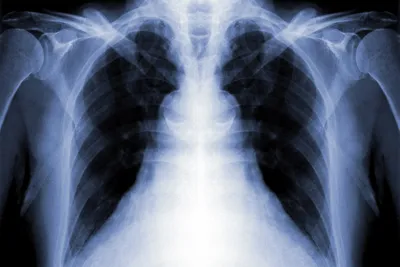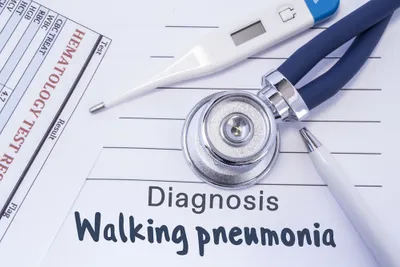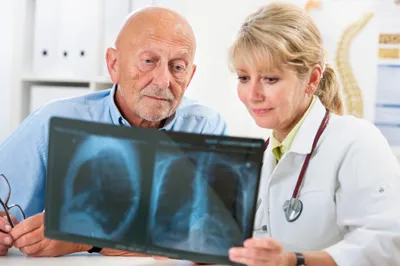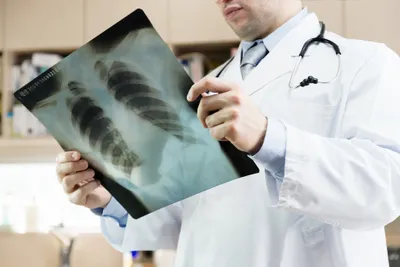No, this is not the title of a new horror series – it’s a real thing. However, while we know pneumonia can be deadly especially for seniors and people with compromised immune systems, this variation may be a “walk” in the park in comparison.
However, that doesn’t mean the symptoms shouldn’t be taken seriously. While in many cases over-the-counter remedies can clear it up, there are times when your doctor may want to take additional precautions. Here are six things to know about Walking Pneumonia…
1. It’s Often Like a Cold
WebMD notes that this variation of pneumonia can feel like a common cold, rather than something more serious that can lead to uncontrollable bouts of coughing or fever. The source notes some doctors may call it “atypical pneumonia,” because while it’s classified as pneumonia, it doesn’t really follow the same rules.
Symptoms of walking pneumonia may mimic a cold, from sore throat to headache to fatigue (and in some cases, violent coughing or chest pain when you inhale). It can be spread through sneezing or coughing, adds the source.
2. It’s Often Caused by a Lung Infection
WebMD also explains that this variation of pneumonia is usually caused by exposure to Mycoplasma pneumoniae, a bacterium that is probably as bad as it sounds. (However, in many cases it doesn’t require people to call in sick to work.) The infection can also be from a virus.
Once you’re exposed to this nasty bacterium through someone sneezing in your face on the subway or another method, you’ll have symptoms about 15 to 25-days later, adds the source. You can yourself be contagious for up to 10-days.
3. It’s Not Always Diagnosed
Because of the typically mild symptoms associated with walking pneumonia, many people don’t bother going to the doctor and therefore never knew they had it, according to MedicineNet.com.
Typically, the doctor will check how you’re breathing after you explain the symptoms, and they may also order a chest x-ray or blood test (the latter is not a very common method unless there’s an outbreak, notes the source).
4. There are Different Types
Apparently, there are subcategories of atypical pneumonia, according to Heathline.com. The 3-types include Mycoplasma Pneumonia, Legionella Pneumonia, and Chlamydophila Pneumonia, according to the source.
Mycoplasma typically occurs in crowded areas like the workplace or schools, while legionella (Legionnaires’ Disease) is spread through water vapors from cooling towers in buildings. Chlamydophila is most common among school-aged children. “It’s estimated that 50 percent of adults have had this condition by age 20,” explains the source.
5. Symptoms Can Last Months
While the symptoms aren’t horrible, VeryWell.com says in the case of walking pneumonia, they can last from a few weeks to a few months. The source recommends contacting your doctor again if you notice symptoms getting worse.
It explains that in some cases your walking pneumonia could turn into something more severe, or you could develop another infection “on top” of what you already have.
6. Treatments are Usually Mild
As we mentioned before, non-prescription cold and flu medications can help clear up your walking pneumonia. However, in some cases they may not be strong enough, prompting your doctor to put you on antibiotics (which should start working within a few days, assures WebMD).
The source also notes you should drink a lot of fluids (don’t forget to eat) and get some rest – so use this as an excuse to take a much-needed nap. You could end up with worse symptoms if you don’t give yourself time to rest or follow orders from your doctor.









